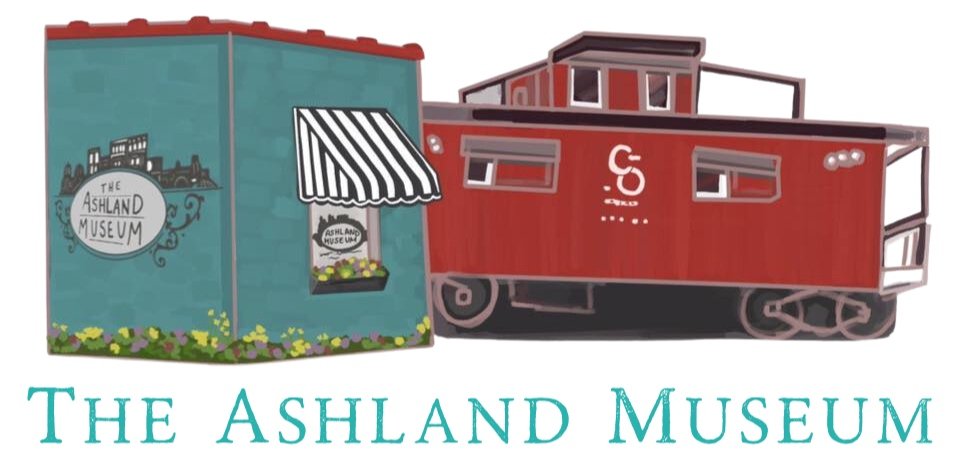Ashland’s Red Caboose in 1997, before it was painted red.
Short History of the Caboose
The first cabooses in the early 1800s were simple shacks built on an empty flatcar to provide the train crew protection from the weather. As the length of trains got longer, railroads realized the caboose offered a good view of the back half of a train. In 1863, a cupola was added on top of the caboose when a conductor discovered he could see his train better if he sat on boxes and peered through the hole in the roof of his caboose.
Coupled to the end of a freight train, the caboose was home to the conductor, a brakeman and a flagman. A printed waybill followed every freight car from its origin to destination, and the conductor kept the paperwork in the caboose.
When the engineer signaled that the train was going to stop, the rear brakeman would climb over the moving train and turn the brake wheels atop the cars. Once the train stopped, the flagman would descend the train and walk back to a safe distance with lanterns, flags and other warning devices to stop any approaching trains. After the train was underway again, the crew would sit in the cupola and watch for signs of trouble.
Until the 1980s, freight trains were required by law to have a caboose and a crew. Today, technology has replaced the need for both. A Flashing Rear End Device (FRED) attached to the last car’s rear coupler allows the engineer to monitor the train. FREDs have blinking red lights to warn following trains that a train is ahead.
Conductors ride with the engineer and use computers to track the freight. Once a familiar sight, the red caboose is rarely seen now at the end of a freight train.
Ashland’s Red Caboose
The Ashland Museum’s Red Caboose is a 1926 Chesapeake and Ohio (C&O) Railroad caboose and served on the C&O line until 1974.
This caboose was found in a Fluvanna County field, restored and brought to Ashland in 1997. It has features typical of a caboose – a fold-down desk, a stove for heating and cooking, an ice box, three beds with storage underneath for the crew, and cupola seats with storage beneath them.
Red was the traditional color for a caboose because it was the cheapest paint color available. Other bright colors – yellow, blue or green – have been used to ensure a train could be seen.

